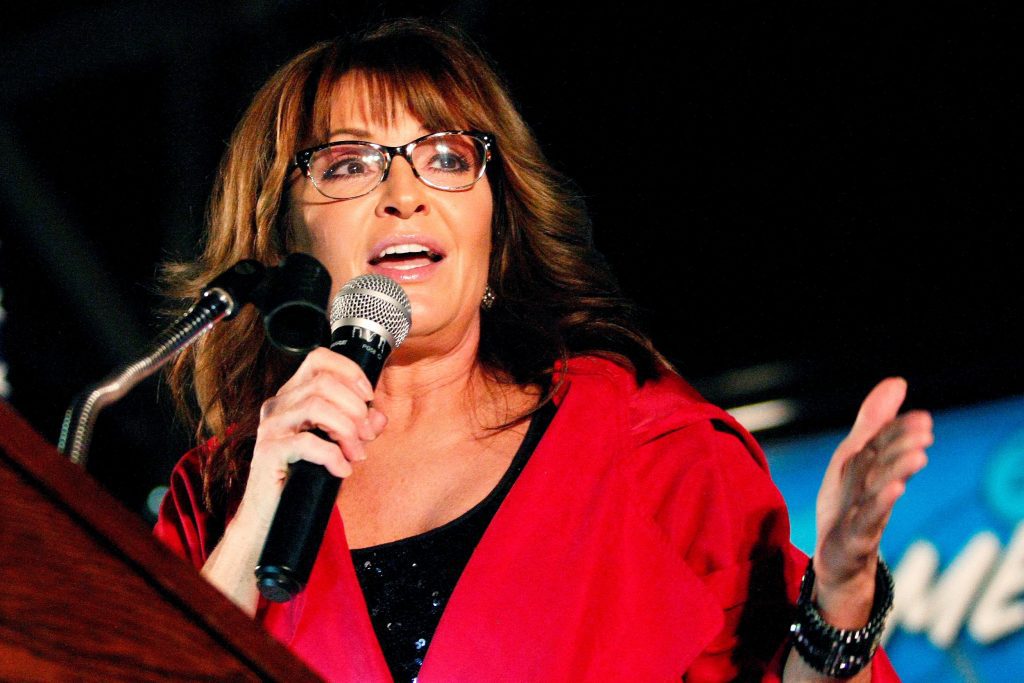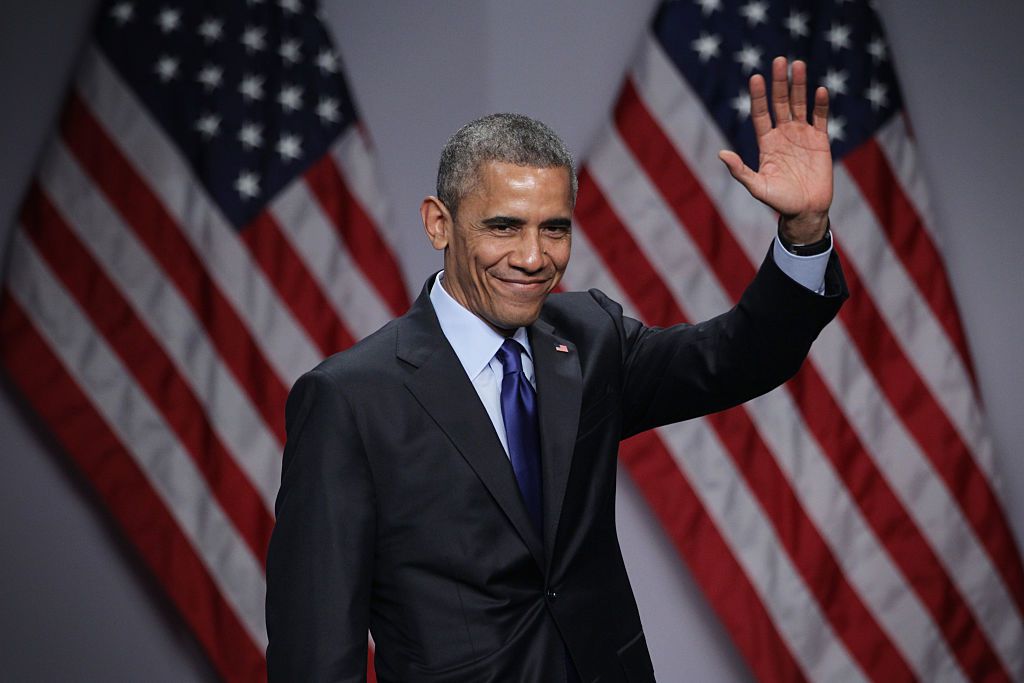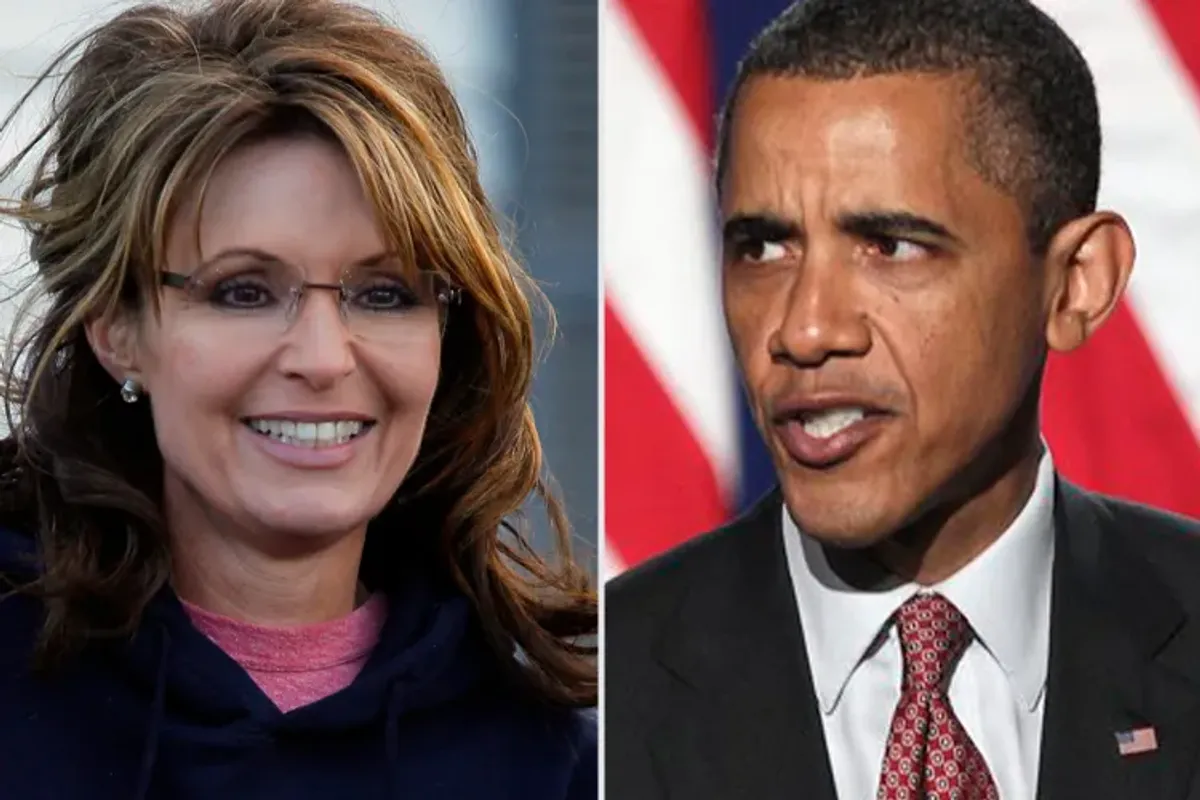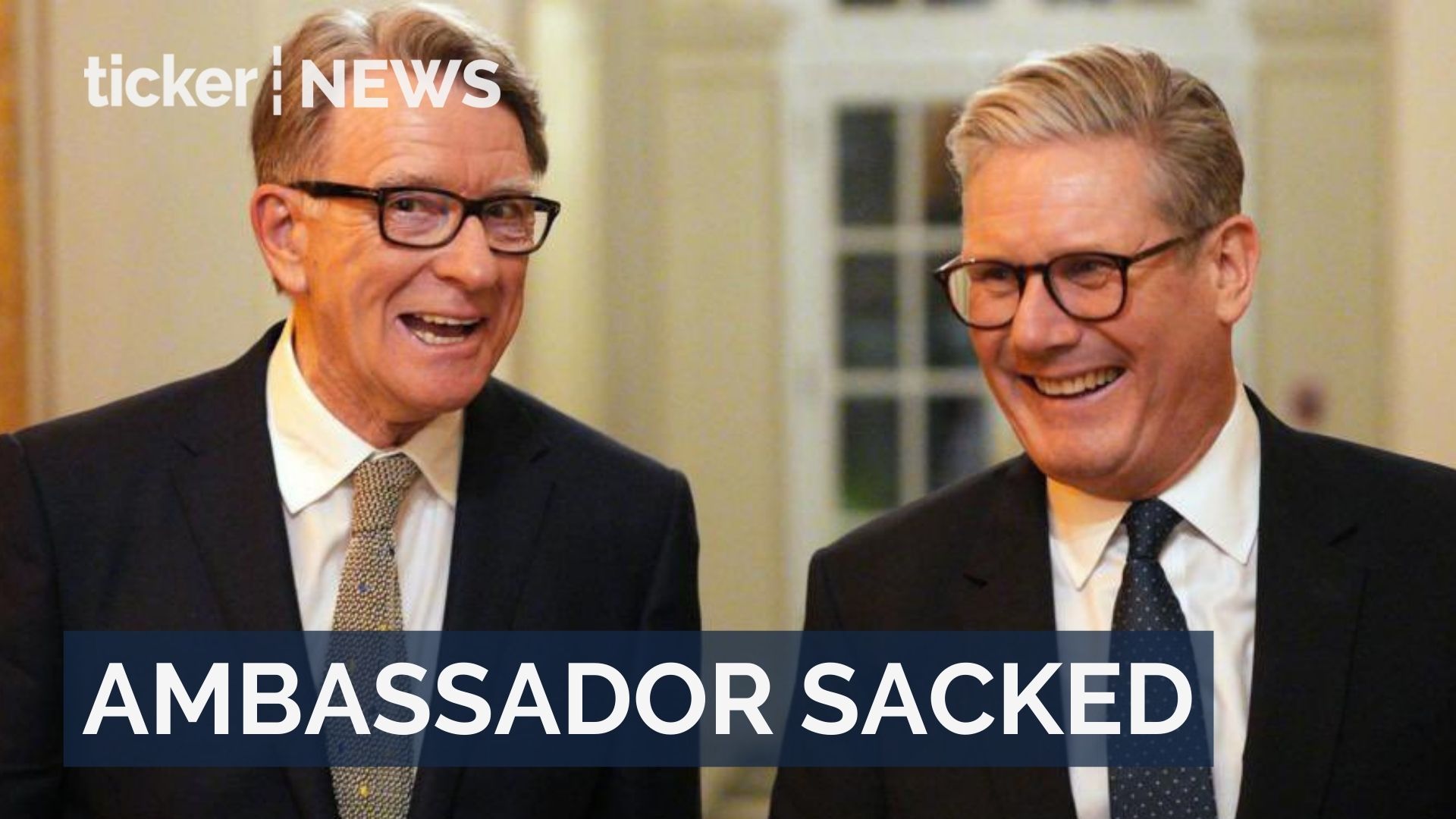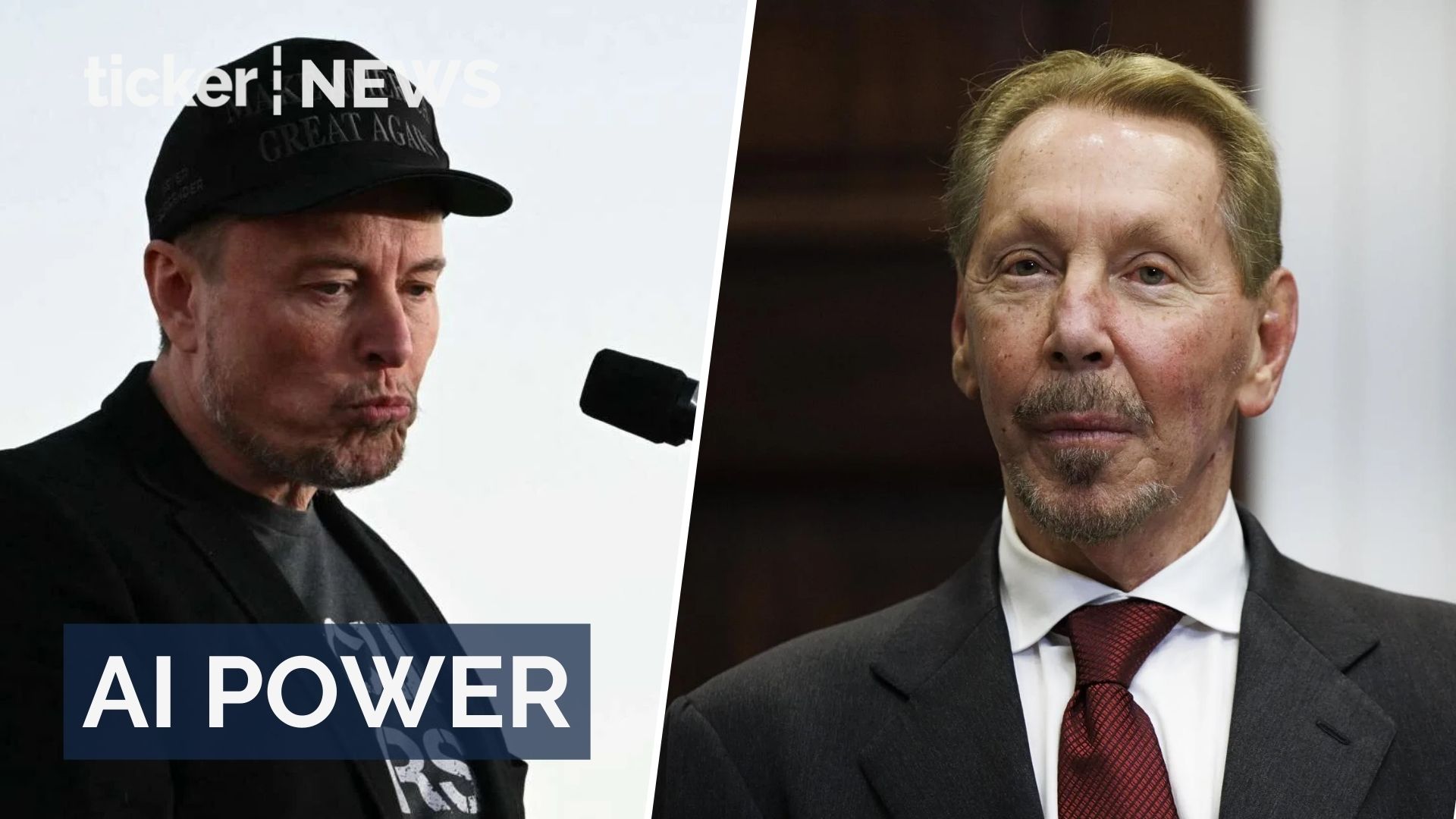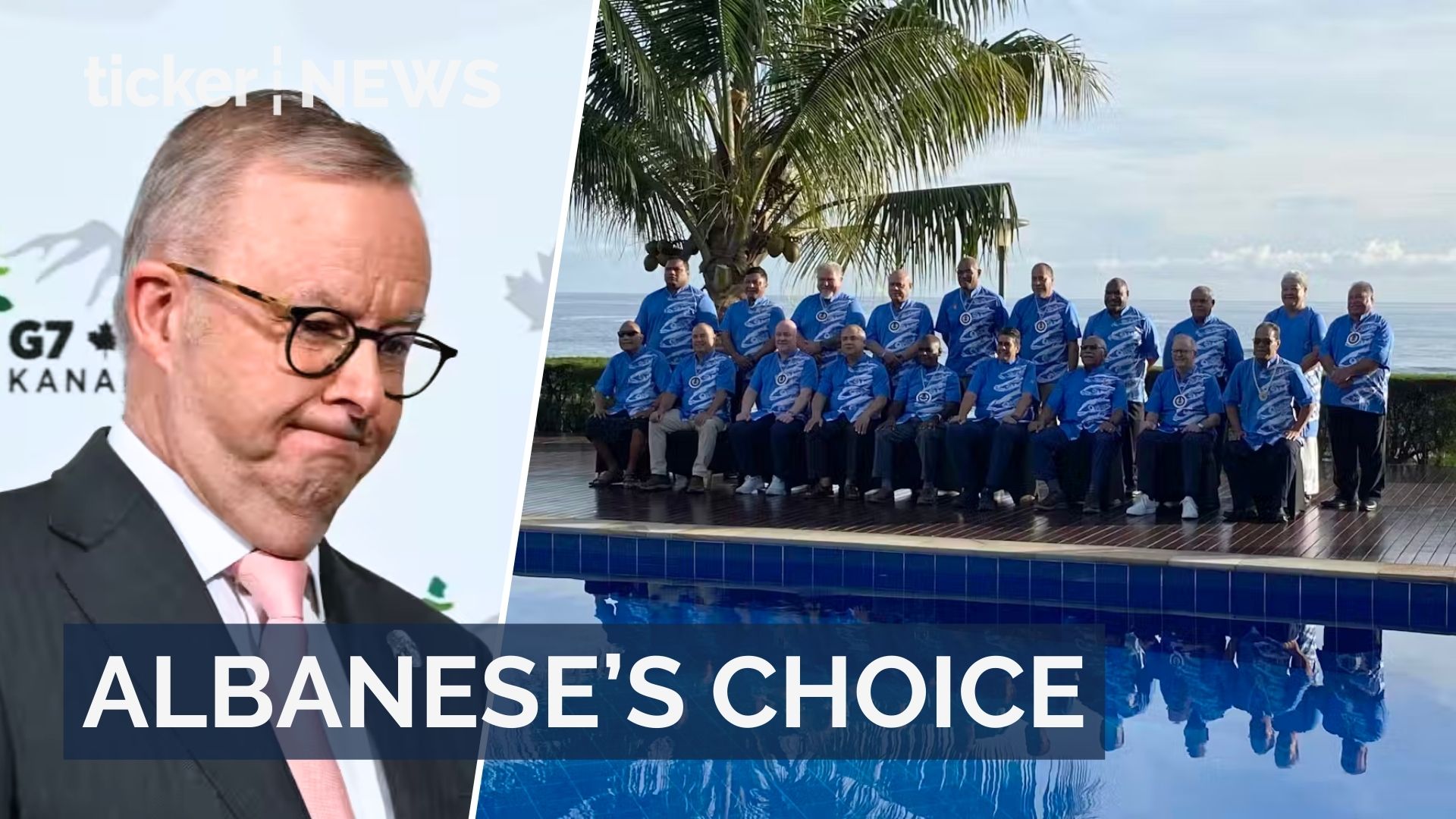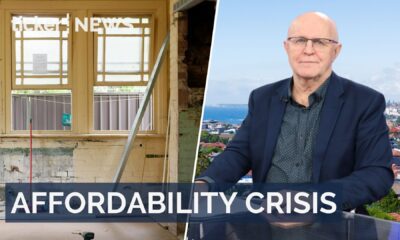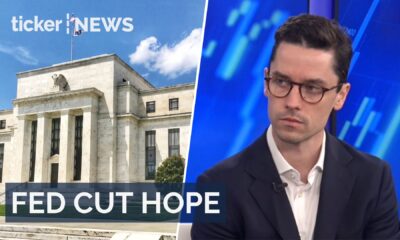Large pictorial warning labels on smoked tobacco products typically feature confronting images of the harmful health outcomes of smoking.
Pictures of diseased lungs, gangrene and mouth decay aim to elicit strong emotional responses that reduce the appeal and acceptability of smoking, particularly among young people.
Warning labels also aim to increase knowledge of the many risks smoking poses. Plain packaging increases the attention paid to warning labels and reduces pack appeal, brand loyalty and product perceptions.
However, like any marketing campaign, warning labels on tobacco products need regular updating so they continue to attract attention and communicate the latest research evidence. Maintaining the same images risks “wear-out”, when people lose interest in campaign images and messages, or counter argue these.
Our recent work found existing tobacco warnings have lost impact. Study participants had created cognitive defences and exempted themselves from the risks shown.
While some still found images of diseased body parts shocking, others did not consider the illustrated risks personally relevant and thought warnings lacked credibility.
Our findings raise the important question of how we can make on-pack warnings more impactful and effective. Our new study addresses this question by exploring the lived experiences of people who smoke.
Creating more effective warnings
Many find smoking imposes a heavy financial burden on them, and others worry about the impact smoking has on whānau (families).
Others resent the hold nicotine addiction has over them and feel concerned that young people may want to adopt the behaviour they see modelled by adults who smoke.
Working with a graphic artist, we developed images and messages to represent the ideas we had heard.
After extensive review with people who smoke, we identified three potential warning themes for final testing: the cost of smoking, smoking’s impact on family, and the health risks presented in a more empathetic way (by featuring people rather than diseased body parts).
Using a choice study, we examined how well warnings representing these themes prompted thoughts of quitting compared to a novel graphic health warning showing a mouth cancer.
We found two different groups among our sample of people who smoke: one responded more strongly to warning labels emphasising the cost of smoking and its effect on families than to the graphic warning we used as a control; the other group reacted more strongly to an empathetic health warning than to the control.
5 ways to improve on-pack warnings
1. We need warnings that reflect people’s experiences of smoking, recognise smoking’s various harms, and understand that people who smoke are not a homogenous group. While most people who smoke regret smoking and hope to quit, they are at different life stages, have different backgrounds and interests, and respond to different stimuli.
For example, the cost-of-living crisis means warnings reinforcing the cost of smoking, the opportunities forgone and the impacts on others may be more motivating for some people than graphic health warnings.
2. We should think more creatively about the health harm from smoking. We found images of children losing a parent to an illness caused by smoking created strong emotional connections, as did images of adults smoking near children.
This approach, which illustrates how smoking causes emotional and physical harm to others, was at least as effective as the graphic mouth cancer image we used as a control.
3. We should consider the impact of warnings on emotions. Early graphic warnings aimed to arouse fear, in the belief it would galvanise attempts to quit. However, people who smoke also experience regret and shame, which may be more motivating than fear.
4. We need to balance negative emotions, which may stigmatise people and lead them to feel powerless, by introducing pack inserts with positive messages. Our work found that offering helpful advice and outlining the benefits of quitting inspired participants and could support attempts to quit.
5. We need to refresh and rotate warnings much more often. We suggest new warnings should be introduced every six months and that no warning should run for longer than a year.
On-pack pictorial warnings are a proven best-practice approach to encouraging smoking cessation. However, failure to introduce new and more diverse warnings has compromised the impact these have.
Given people who smoke consume, on average, ten cigarettes a day, on-pack warnings have high potential exposure. We should be making this measure as effective as possible and embed it within a comprehensive strategy that will reduce tobacco’s addictiveness, appeal and accessibility.![]()
![]()
Janet Hoek, Professor in Public Health, University of Otago; Andrew Waa, Associate Professor in Public Health, University of Otago; Lani Teddy, Research Fellow in Public Health, University of Otago, and Philip Gendall, Senior Research Fellow in Marketing, University of Otago
This article is republished from The Conversation under a Creative Commons license. Read the original article.




